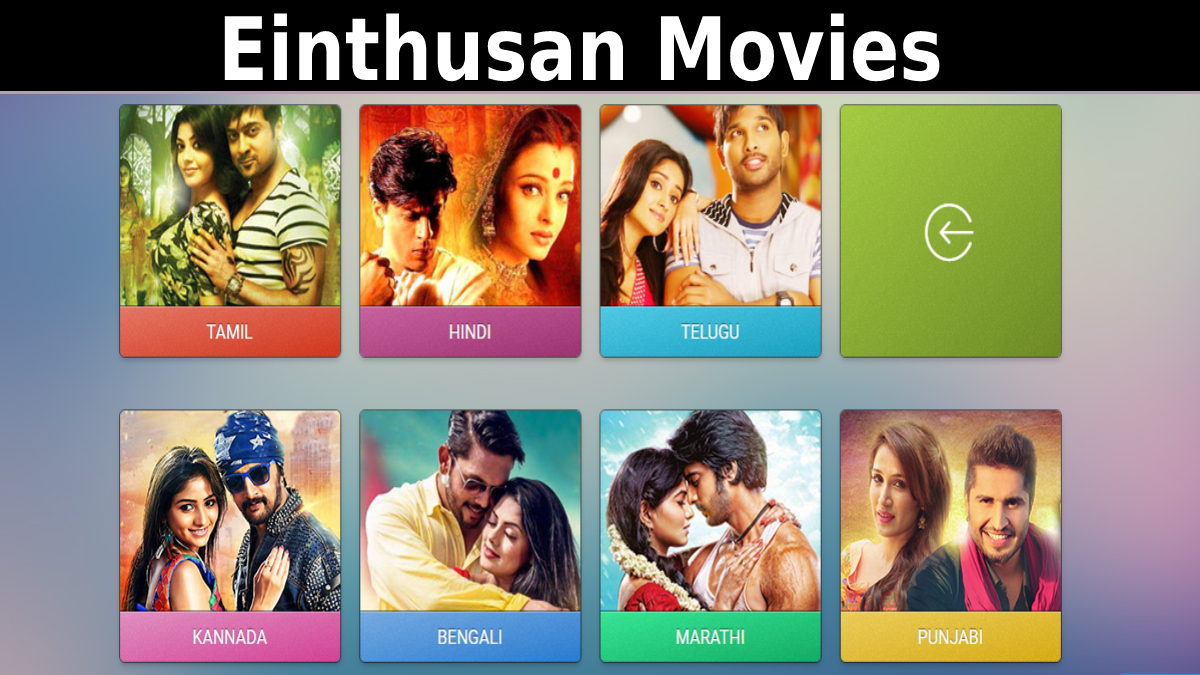The digital marketing field is promoting conversion rates more than traditional methods. The complex connection between SEO and web design has significantly grown over the years, becoming indispensable for success in 2025. Understanding these dynamics helps you make an online presence that not only attracts visitors but also converts them into loyal customers. The days of one-dimensional strategies are over. Instead, the future succeeds on an integrated approach that matches SEO techniques with reflexive web design.
The Role of SEO in Modern Web Design
SEO is no longer a solo player in the digital marketing competition. In 2025, it has emerged as a fundamental pillar of effective web design. Your ability to incorporate SEO principles throughout your web design strategy can significantly impact how well your site performs. Modern web design isn’t just about aesthetics; it’s about functionality, accessibility and searchability too. Integrating robust SEO strategies ensures that your site remains visible and relevant amidst the ever-intensifying online competition.
1. SEO-Friendly Website Structure
A well-structured website improves both user experience and search engine indexing. A logical hierarchy with clear navigation allows search engines to crawl and index pages efficiently. Features such as a well-organized menu, breadcrumbs and internal linking help improve site accessibility and user engagement. By ensuring that pages are properly linked and categorized, search engines can understand the relationships between different sections of the website. This not only improves ranking potential but also provides users with a reflexive browsing experience.
2. Mobile Responsiveness
With mobile-first indexing becoming a priority for search engines like Google, having a mobile-responsive design is non-negotiable. A responsive web design ensures that users across different devices have a smooth browsing experience, reducing bounce rates and improving search rankings. Websites that are not mobile-friendly risk losing a significant portion of traffic, as more users access content via smartphones and tablets. Implementing responsive design principles such as flexible grids, fluid images and CSS media queries can help ensure optimal display on all screen sizes.
3. Page Load Speed
Website speed is an essential ranking factor. Slow-loading pages lead to poor user experience and high bounce rates. Optimizing images, using browser caching and using content delivery networks (CDNs) can significantly improve site speed and SEO performance. Search engines prioritize websites that load quickly, as speed directly impacts user satisfaction. Faster load speeds contribute to improved engagement and higher conversion rates.
4. Optimized URL Structure
A clean and descriptive URL structure helps both users and search engines understand the content of a page. URLs should be brief, keyword-rich and free of unnecessary parameters to improve ranking potential and click-through rates. Proper URL formatting ensures that search engines can efficiently crawl and index web pages. Using hyphens instead of underscores, avoiding excessive dynamic parameters and maintaining a logical folder structure can contribute to better visibility. A well-structured URL also improves usability by making navigation more user-friendly for visitors.
5. High-Quality Content and On-Page Optimization
Content remains the backbone of SEO. Web design should facilitate easy content creation and updates, ensuring pages are optimized with:
- Keyword-rich titles and meta descriptions
- Proper use of header tags (H1, H2, H3)
- Readable and engaging text with multimedia elements
- Schema markup for better visibility in search results
High-quality content should be well-researched, informative and engaging. Including relevant keywords naturally within the content enhances discoverability. Integrating multimedia elements such as images, videos and infographics can improve user experience and dwell time. Consistent content updates also signal to search engines that the website is active and valuable.
Understanding SEO and Web Design Integration
An integrated approach to SEO and web design centers on the smooth blend of these two critical components. This integration involves implementing SEO techniques organically within your design process. To maximize this fusion, you need to understand how various elements such as site architecture, navigation and content layout play dual roles in both SEO and user experience (UX).
Look beyond keywords and consider the holistic experience. Every aspect of your website is an opportunity to improve SEO performance while providing an exceptional experience for your users. It’s about maintaining a balance where design choices complement SEO objectives, ensuring that neither is compromised for the other.
Key Benefits of Combining SEO with Web Design
Integrating SEO with web design delivers real benefits that directly influence conversion rates. Key design elements such as SEO-optimized architecture, strategic call-to-action (CTA) placement, schema markup and website security ensure a smooth user experience while improving search rankings. A clear site hierarchy and internal linking improve navigation, while mobile responsiveness and fast load times keep visitors engaged. Integrating accessibility features and structured data further boosts visibility and credibility. Aligning web design with SEO best practices allows businesses to create a site that attracts traffic, retains users and maximizes conversions.
Here’s how this powerful combination works:
- Improved User Engagement: A site that’s easy to navigate keeps users engaged, which reduces bounce rates and boosts dwell time.
- Improved Searchability: An SEO-optimized design aids search engines in crawling and indexing your web pages more effectively.
- Boosted Compatibility: Websites that are designed with SEO in mind tend to be more mobile-friendly, serving an increasingly smartphone-driven audience.
- Higher Conversion Rates: When SEO and design work hand in hand, the conversion pathway is clearer, leading to higher user satisfaction and more conversions.
Improving User Experience Through Design Elements
Your web design serves as the first interaction point between you and potential customers. The emphasis here is on improving user experience through strategic design elements.
Consider the navigation system: Is it reflexive and accessible? Are the pages easy to find and does the design guide users towards conversion-centric features such as CTAs?
Also, the aesthetics of your website must align with your brand identity while also supporting SEO efforts. Incorporate visual elements that not only attract but also retain the user’s interest. Remember, a readable design boosts user experience and promotes trust, ultimately leading to higher conversion rates.
Growing SEO Trends Impacting Web Design
The domain of SEO is engaged with trends rapidly evolving to keep pace with technological advancements. As a forward-thinking digital strategist, you need to anticipate how these trends impact web design. Concepts like voice search optimization, AI-driven personalization, and semantic search are no longer futuristic—they’re the current standard.
Ensuring your web design adapts to these trends is vital. For instance, optimizing for voice search requires detecting how you phrase information architecturally, demanding straightforward layouts and conversational content. Knowing these trends lets you stay ahead of the curve and enables a design language that connects with users and search engines alike.
1. User Experience (UX) and Engagement
- A clean, reflexive design improves navigation, reducing bounce rates and increasing time spent on the site.
- Search engines track user behavior, so a well-structured site with SEO-friendly navigation boosts rankings and conversions.
2. Mobile-First Design and SEO
- With mobile searches dominating in 2025, Google prioritizes mobile-friendly websites.
- Responsive design ensures users have a smooth experience across all devices, positively impacting both SEO rankings and conversion rates.
3. Site Speed Optimization
- Page speed is a ranking factor and slow websites lead to higher bounce rates.
- Optimizing images, using lightweight code and utilizing CDNs (Content Delivery Networks) can improve both user experience and SEO performance.
4. Content Layout and Readability
- Proper use of headings (H1, H2, H3), bullet points and concise paragraphs makes content easier to digest.
- Search engines favor well-structured content, increasing chances of ranking in featured snippets and boosting conversions.
Developing a Long-Term Strategy for 2025
In 2025, successful strategies depend on long-term vision and adaptability. An integrated SEO and web design strategy should contain both immediate and future goals, preparing you to tackle unexpected challenges and capitalize on new opportunities. A strategic framework involves:
- Comprehensive Planning: Develop a roadmap outlining how SEO and design initiatives will align with your extensive business objectives.
- Regular Audits: Conduct periodic reviews to ensure that all aspects of your web presence are optimized and aligned with evolving market demands.
- Continuous Learning: Encourage a culture of learning where team members stay informed about the latest trends in SEO and design.
- Holistic Approach: Ensure that all elements—from content to technical infrastructure—are synchronized to support a unified digital strategy.
Learning from the successes of leading brands can offer invaluable insights into effective strategies that blend SEO and web design. Consider brands like Apple, which smoothly integrates sleek design with optimized search rankings to create a dominant online presence. This integration extends beyond aesthetics to include user navigation, content strategy and precise load times.
Another notable example is Amazon, a brand that uses integrated SEO strategies not just to attract users but to keep them engaged. By focusing on intuitive design, robust content and user-friendly experiences, Amazon always achieves high conversion rates.
These case analyses underscore the importance of taking a holistic approach. Drawing inspiration from proven strategies can guide your initiatives, helping you to expertly blend SEO with design for optimal conversion outcomes.








